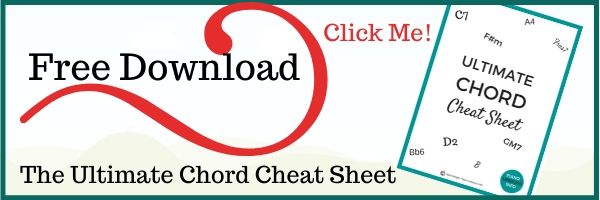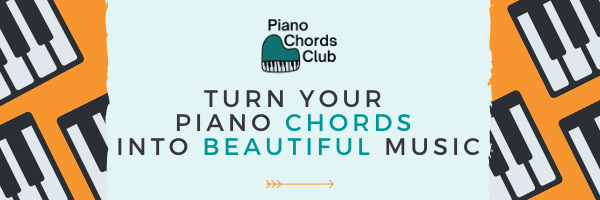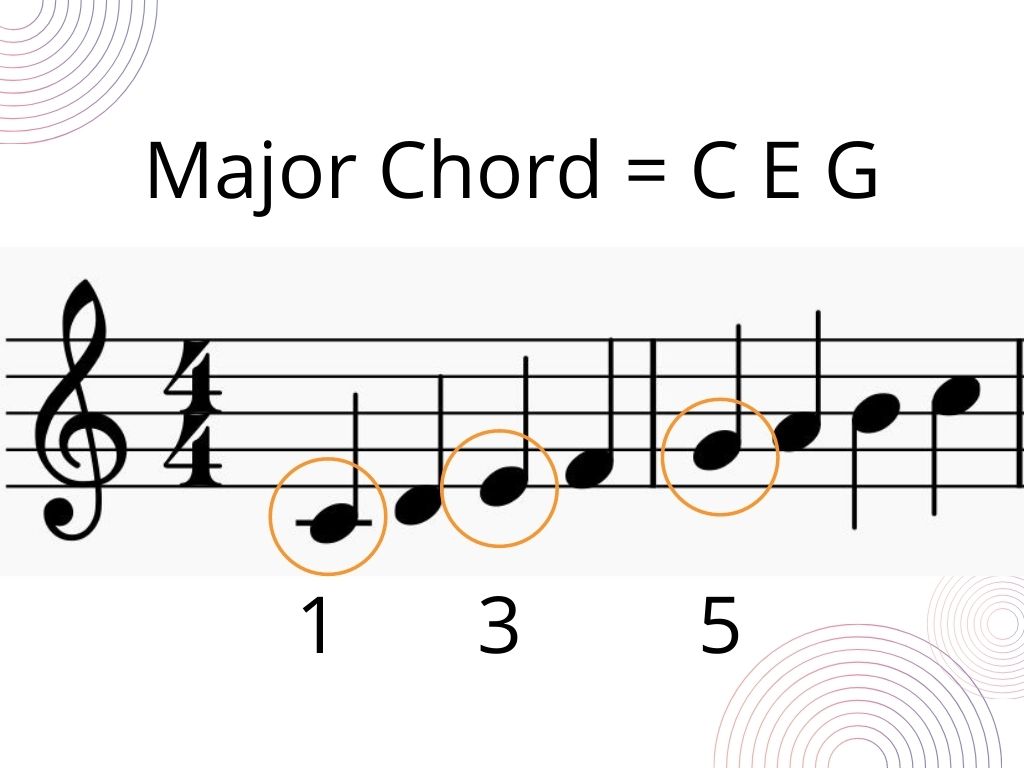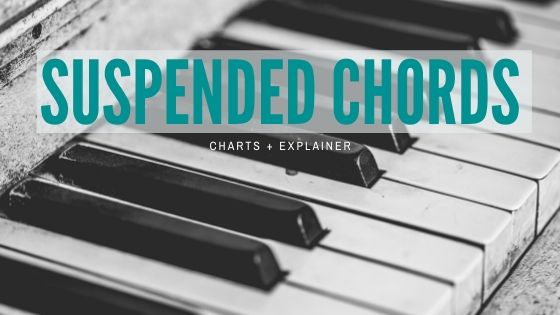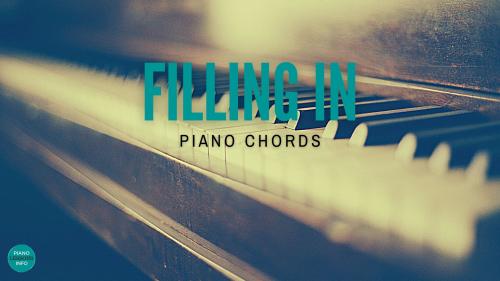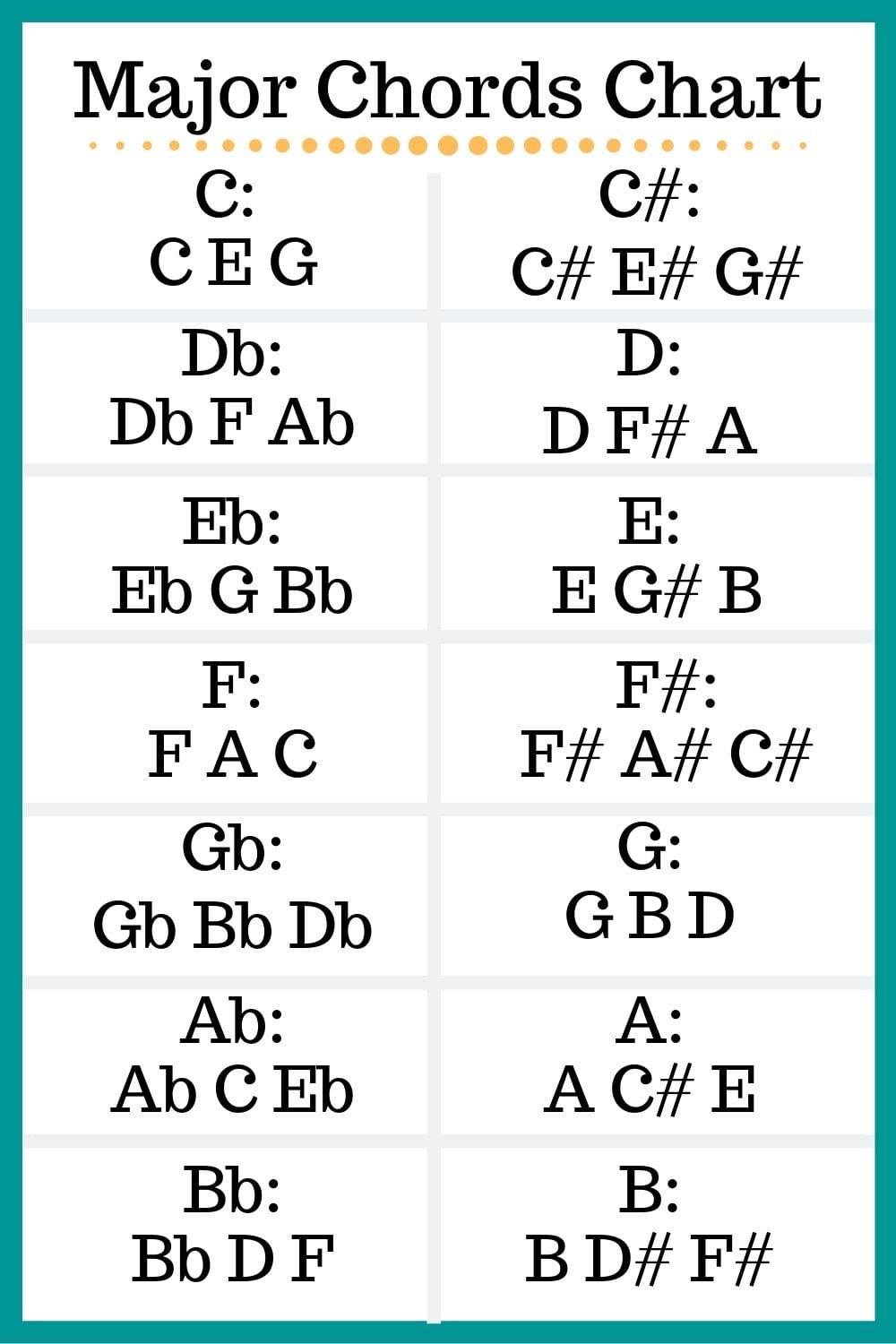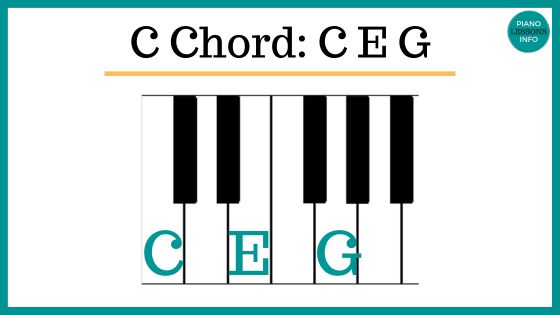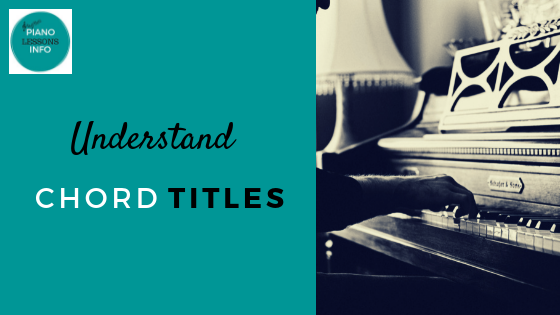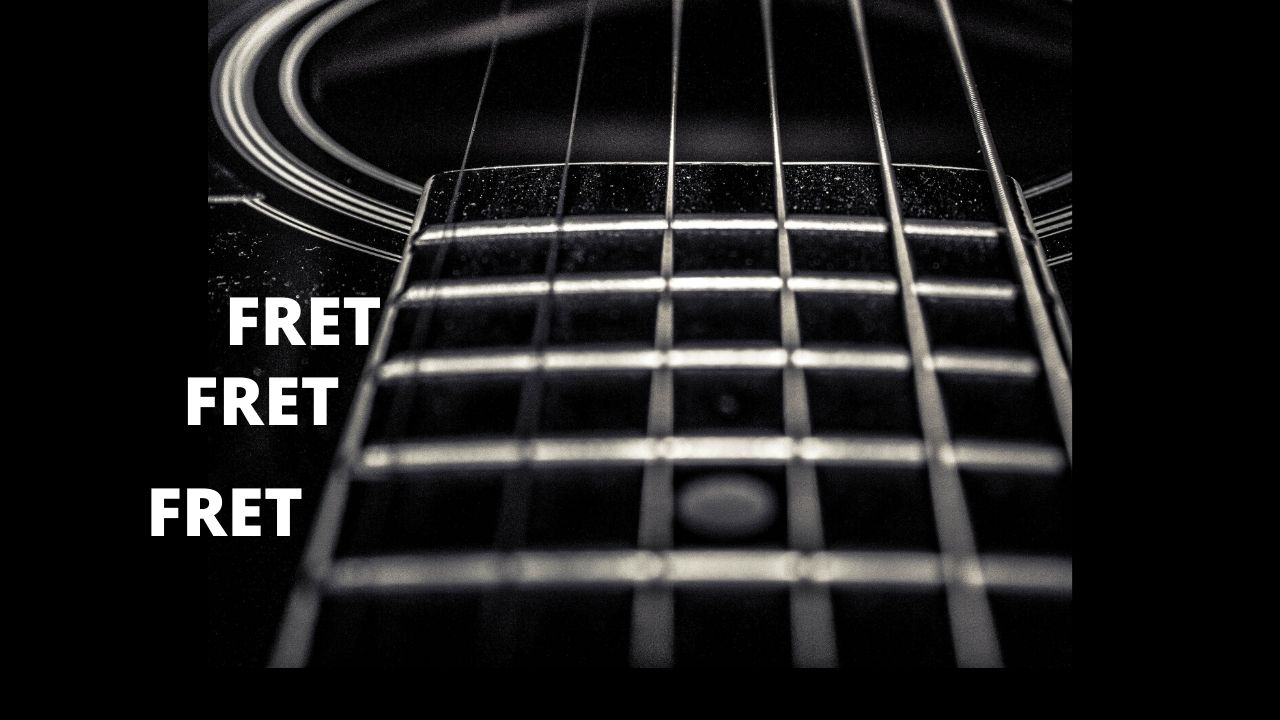Playing Chord Inversions Explained + Exercises
I get quite a few questions here at Piano Lessons Info and one main one is about piano chord inversions!
Here we will got over piano chord inversions covering:
- what are piano chord inversions
- why learn them
- how to learn them
- 2 important ways to practice them
- how to play them in chord progressions
These information is geared towards beginners, those transitioning for playing basic chords to different positions and those who need a bit of help with their inversions.
Lesson 1: What are Piano Chord Inversions & Why Learn Them
Piano chord inversions are basically a structured form you can learn to play chords in. They are different but standard positions.
When you first start learning chords, you learn them in root position. (Most people anyway.)
For example, with the C chord, we first learn it in the order of the notes C E and G.
When we invert the chord, we basically take the note on the bottom and put it on the top.
We have names for the different inversions as well.
For example:
Root position: C E G
1st Inversion: E G C (Note: C is taken from the bottom and put on top)
2nd inversion: G C E (Note: E is taken from the bottom and put on top)
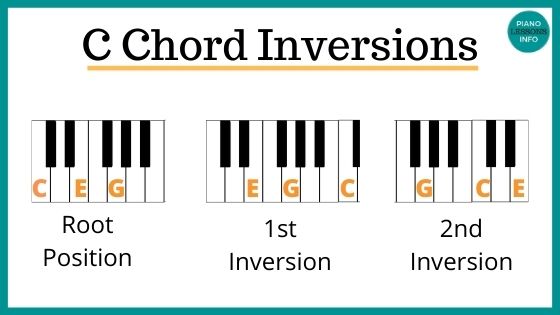
Why Learn Piano Chord Inversions?
There are a few good reasons for learning and practicing piano chord inversions.
1. It builds muscle memory. Learning chords in different positions helps you to easily find these while playing chords. It can make your playing smoother and easier.
2. It helps you to know the notes of a chord. Once you know the notes of a chord quite well, you can start playing them in different places on the piano. This opens you up creatively, allowing you to experiment more because you've got a foundation - you know the notes of the chords.
3. It will improve your ability to play chords. Playing inversions helps to get you out of the box of playing chords in the same spot every time. This is an important skill to practice and improve upon.
Lesson 2: Piano Chord Inversion Exercises
There are a few good and common ways to practice chord inversions.
In classical piano, this is usually referred to as learning triads.
Play The Chords Solid
Playing a chord solid means to play all of the notes of the chord at the same time. This is probably how you have been playing them already.
To practice them, do the following:
- start in root position and move up (right)
- play first inversion
- play second inversion
- play root again (this should be one octave higher than you started)
After you've got this down go back down (left) again: 2nd inversion, 1st inversion, root. (Refer to video above if this is confusing. It's easier to understand once shown.)
Play The Chord Broken
Playing the chords broken means to play them one note at a time.
For example, we play the C chord broken in root position by playing C then E then G.
Practicing broken chords in inversions probably sounds the nicest and is especially helpful for playing chords in the left hand.
You can follow the process above in the solid chord section for playing broken chords. The difference is, you eventually want to be able to switch to the next inversion without breaking the rhythm.
For example, you want to play (C in root) C - E - G - (1st) E - G - C - (2nd) G - C - E - (root) C - E - G.
Again, watch the video to really understand this one.
Fingering for Chord Inversions
There are standard fingerings for piano chord inversions. It's good to get in the habit of using these - it'll come in really useful later on! (This is one habit I harp on in my in-person lessons.)
Right hand fingering:
Root Position: 1 3 5 (thumb, middle finger, pinkie)
1st inversion: 1 2 5 (this is the important one to remember)
2nd inversion: 1 3 5
Left hand fingering:
Root: 5 3 1 (pinkie, middle finger, thumb)
1st inversion: 5 3 1
2nd inversion: 5 2 1 (this is the important one to remember)
Lesson 3: Practice Chord Progressions Using Inversions
You can start practicing chord inversions by playing them in chord progressions. This is one thing that makes chord progressions go smoother and easier.
You can start this by choosing 2 chords. For example, C and G.
These chords have a note in common which is G. (C = CEG, G = GBD.)
So when you are playing a C chord and moving to G, you can keep your finger on the G key and then work the other notes around this.
C E G moves to B D G (G chord in first inversions). In the video, I talk about this as a I - V (1 to 5) chord progression to practice.
We can also do this with C to F. They have note in common as well. C. C E G moves to C F A (F chord in second inversion). This is another common move. (In the video, I talk about this as a I-IV or 1 - 4 chord progression.)
The whole point of this is to minimize movement so that you can play your chords easier and with fewer mistakes.
You want to:
- think about the notes in the chord you're playing
- think about the notes in the next chord you're playing
- keep your fingers on the keys already being used
- adjust the notes of the chord to play around the key / note you have in common
This is all about finding short cuts and using notes close by. Inversions help us to do this. We're minimizing hand movements.
Let me also point out that this does take time. It takes time to become familiar with the notes of a chord and the different inversions. The more you practice them in warm-ups or as part of your practicing routine, the faster this will come to you.
When I was first thrown into the deep end of having to play chords for other people and with other instruments, it took me a while (I'd say 1 year) to really feel comfortable with playing inverted chords. But it eventually did come and now I don't even think about it.
Recent Articles
-
Piano Notes Chart
Nov 20, 23 10:21 PM
Find a piano notes chart for treble clef and bass clef notes as well as the different types of notes. -
D Chord on Piano + Diagram, How To & Theory
Oct 24, 23 12:20 AM
Learn how to play the D chord on piano with diagram, fingering, D/A, D/F# and a theory explainer. -
Diminished Piano Chords: Chart & How to Make Them
Oct 09, 23 09:23 PM
Learn the different diminished piano chords and how to make them. Here you'll find both a diminished chord chart and an explanation.
Free Download:
Ultimate Chord Cheat Sheet
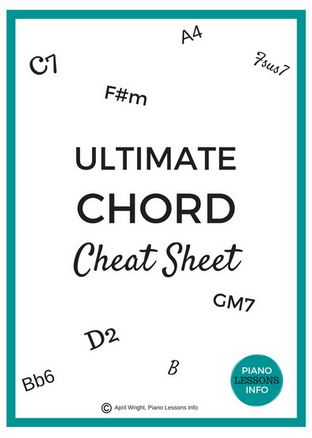
Subscribe below and get free access to the (printable) Ultimate Chord Cheat Sheet.
